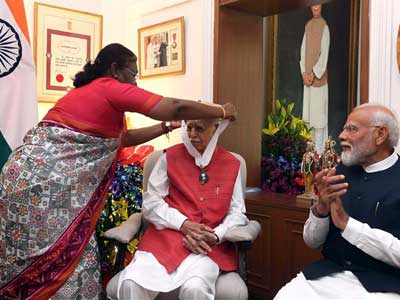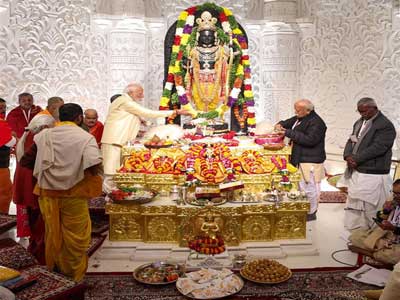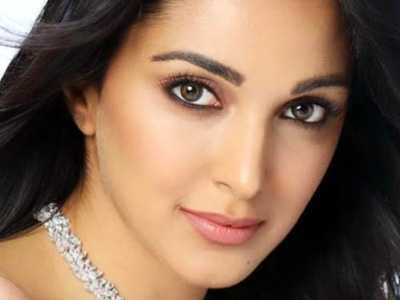As the leaves begin to turn yellow, India gears up for its most festive kind of celebration, the birthday boom. Every year, September and October mark what could well be called the nation’s cake-cutting season. Nearly every friend group, office WhatsApp chat, and family circle seems to be bursting with birthday notifications. It is as if the calendar itself dedicates these two months to the ‘Happy Birthday’ anthem.
Just look at this dazzling roll call: Amitabh Bachchan, Rekha, Shabana Azmi, Prabhas, Kareena Kapoor, Lata Mangeshkar, Asha Parekh, Ranbir Kapoor, Narendra Modi, Mohan Bhagwat, APJ Abdul Kalam, Lal Bahadur Shastri, Mahatma Gandhi and the Editor of this website, Dharmendra Kumar. If your birthday falls between September and October, congratulations, you belong to an unofficial 'Legends Club'.
Read in Hindi: इसलिए आती है सितंबर और अक्टूबर में जन्मदिनों की बाढ़...
But what explains this remarkable cluster? Is it astrological design, statistical coincidence, or something deeper rooted in social behaviour? Astrologically, October 10 stands out.
According to an astrology platform with data from over 28 million users, the single most common birth date in its database is October 10 — 10/10, a symmetrical, easy-to-remember number. Of those users, 140,091 entered October 10 as their birthday, followed by Independence Day, August 15, with nearly 129,000 entries.
Astrologers attribute the trend partly to timing: December being the peak wedding season. “Nine months later,” they quip, “the babies arrive in October.”
Yet, the pattern cannot be fully explained by cosmic alignments. For decades, India’s birth registration practices were less than precise. Before the 1980s, many parents simply gave rounded dates for convenience, 1st, 10th, or 15th, to ease school admission and official paperwork. As a result, birth records often reflect administrative convenience rather than biological reality. Thus, 10/10 may be more of a bureaucratic echo than an astrological miracle, a sweet intersection of paperwork and poetic numerology.
Science, however, gives a more grounded explanation. The National Family Health Survey (2019–21), India’s main demographic study, shows that September consistently records the highest share of births, around 9.3 per cent of the annual total. The four-month window from August to November accounts for about 37 per cent of all births.
Demographers trace this to the cultural calendar. Most Indian weddings take place between November and February, a preference guided by weather, tradition, and auspicious planetary alignments. Nine to ten months later, a baby boom follows. Statistically, this translates into a September–October birth peak.
It’s a simple and elegant pattern; winter weddings yield monsoon babies. Conversely, the sweltering heat of April and May tends to dampen conception rates, leading to fewer births in March and April. Nature, it seems, runs its own quiet version of family planning.
Urban India’s evolving parenting culture adds another layer to the story. With March 31 being the standard school admission cut-off date, many city parents now plan conception to ensure childbirth between April and June. The reasoning? A child born before July fits neatly into the academic timeline, giving them an edge in school admissions and development readiness.
Demographic data hints at this secondary peak in births between March and June in cities, driven not by nature or rituals, but by spreadsheet logic. As one education consultant in Delhi puts it, “Some babies are born out of love; others are born out of admission deadlines.”
Interestingly, India isn’t alone in this birthday clustering. In the United States, Social Security data shows September 9 as the most common birthday. The cause? Holiday season romance, conceptions around Christmas and New Year. Much like India’s December weddings, Western holidays lend themselves to symbolic renewal, family time, and, evidently, reproductive enthusiasm.
So, whether driven by the jingling bells of Christmas or the dholak beats of an Indian shaadi, humanity seems to find December an irresistible season of creation.
Behind the humour lies a serious gap. According to India’s Health and Family Welfare Statistics wing, only about 53 per cent of births were officially registered until recently, with significantly lower coverage in rural regions. Though the numbers have improved with the rise of digital platforms and Aadhaar-linked systems, a substantial share of India’s birth records, around one-fifth, still rely on estimation rather than actual data.
This underreporting distorts demographic studies, creates confusion in legal documents, and complicates social research. The nation’s effort to digitise records, unify municipal databases, and expand hospital-based registration is gradually clarifying these murky timelines.
A birth date, as the saying goes, is not just a number; it’s an imprint of tradition, habit, and sometimes even bureaucratic shorthand. The clustering of birthdays in September and October is not merely a coincidence; it’s a snapshot of India’s sociocultural rhythm.
So next time someone says, “My birthday’s on October 10,” smile knowingly. Maybe it’s the cosmic grace of Virgo, maybe it’s a leftover wedding song from the winter past, or perhaps it’s just the lingering legacy of an overworked school clerk in the 1970s rounding off dates on a dusty ledger.
Either way, the real champion of India’s birthday chart remains September, the cheeky, charming, and most fertile month in the Indian calendar.


















Related Items
Will caste and religious walls collapse in Bihar this time…?
India stuck in traffic; Cities halt, Horns holler, and time takes a nap
Time has come to embrace the eternal Hindu identity…